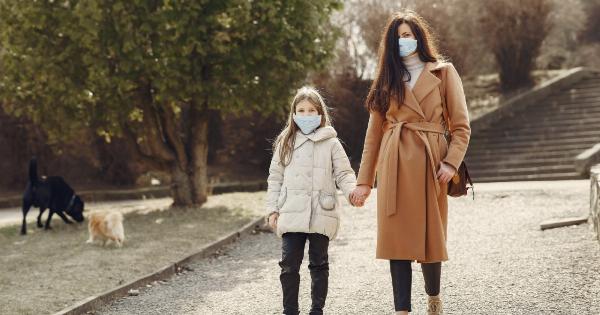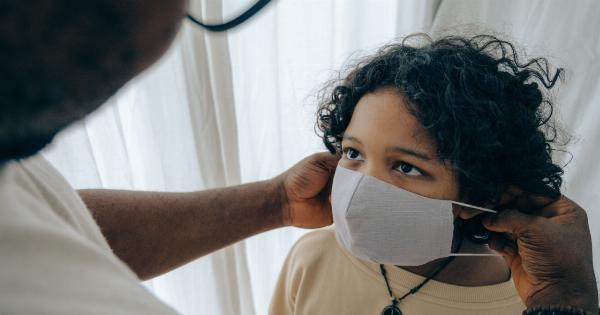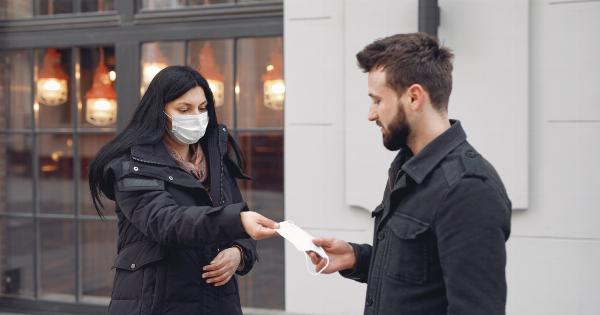As parents, it is crucial to take proactive measures to protect our children from the influenza virus. Influenza, commonly known as the flu, is a contagious respiratory illness caused by influenza viruses.
It can lead to severe complications and even hospitalization, especially in vulnerable populations such as children. By following essential preventive measures, we can minimize the risk of our children contracting the flu and promote their overall well-being.
1. Vaccination
One of the most effective ways to prevent influenza in children is through vaccination. Yearly flu vaccines are recommended for everyone aged six months and older.
The vaccine helps the immune system recognize and fight off specific influenza viruses, reducing the severity and duration of the illness if exposed. It is important to consult with a healthcare provider to determine the appropriate vaccine and schedule for your child.
2. Encourage Hand Hygiene
Teaching and encouraging good hand hygiene practices is essential in preventing the spread of the flu virus.
Children should wash their hands with soap and water for at least 20 seconds, especially after using the restroom, before eating, and after coughing or sneezing. If soap and water are not available, an alcohol-based hand sanitizer with at least 60% alcohol content can be used as an alternative. Additionally, avoid touching the face, as this can provide a pathway for germs to enter the body.
3. Cover Coughs and Sneezes
Teach children to cover their mouth and nose with a tissue or their elbow when coughing or sneezing, rather than using their hands. This practice minimizes the spread of respiratory droplets that may contain the influenza virus.
Discard used tissues immediately and reinforce the importance of hand hygiene after coughing or sneezing.
4. Stay Home When Sick
It is vital to keep children at home when they show signs of illness. Not only does this protect other children from getting sick, but it also facilitates the child’s recovery.
Symptoms of influenza can include fever, cough, sore throat, runny or stuffy nose, body aches, headache, chills, fatigue, and sometimes vomiting and diarrhea. Consult a healthcare professional for guidance on when it is safe for your child to return to school or other activities.
5. Maintain a Clean Environment
Regularly cleaning and disinfecting frequently-touched surfaces can help prevent the spread of influenza. These surfaces include doorknobs, light switches, toys, electronic devices, countertops, and tables.
Use an appropriate disinfectant and follow the instructions on the product label. Encourage children to keep their personal belongings clean and avoid sharing items such as cups, utensils, and towels.
6. Practice Social Distancing
During flu seasons or outbreaks, practicing social distancing can be an effective preventive measure. Limiting close contact with people who are sick can reduce the chance of exposure to influenza viruses.
Encourage children to maintain a distance from individuals exhibiting flu-like symptoms and avoid crowded places as much as possible.
7. Ensuring a Healthy Lifestyle
Good overall health is essential in preventing and fighting off infections, including the flu. Encourage your child to adopt a healthy lifestyle by eating a balanced diet, engaging in regular physical activity, and getting sufficient sleep.
A strong immune system can better defend against the influenza virus.
8. Education and Awareness
Teach children about the importance of influenza prevention and how viruses spread. Make sure they understand the preventive measures such as hand hygiene, covering coughs and sneezes, and staying home when sick.
By educating children about these practices, they can become active participants in protecting their own health and the health of others.
9. Seek Prompt Medical Attention
If your child develops severe flu symptoms or any complications, seek prompt medical attention.
High fever, difficulty breathing, chest pain, severe muscle pain, dehydration, and signs of worsening illness are indicators that medical intervention may be necessary. Be vigilant and consult a healthcare professional to ensure appropriate care.
10. Lead by Example
Children often model their behavior after those around them, especially their parents or guardians. Leading by example and adhering to preventive measures yourself will reinforce their importance and encourage children to follow suit.
Show them how to properly wash their hands, cover coughs and sneezes, and cultivate healthy habits that prevent the spread of influenza.





























